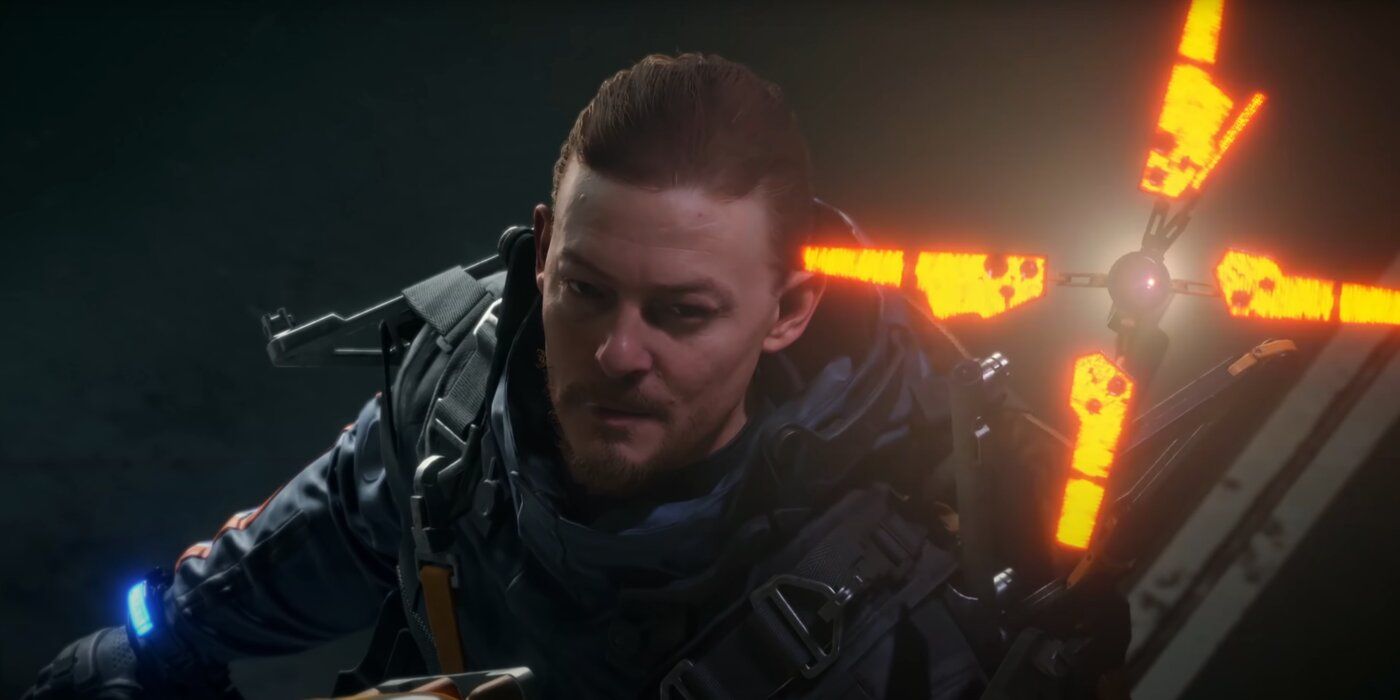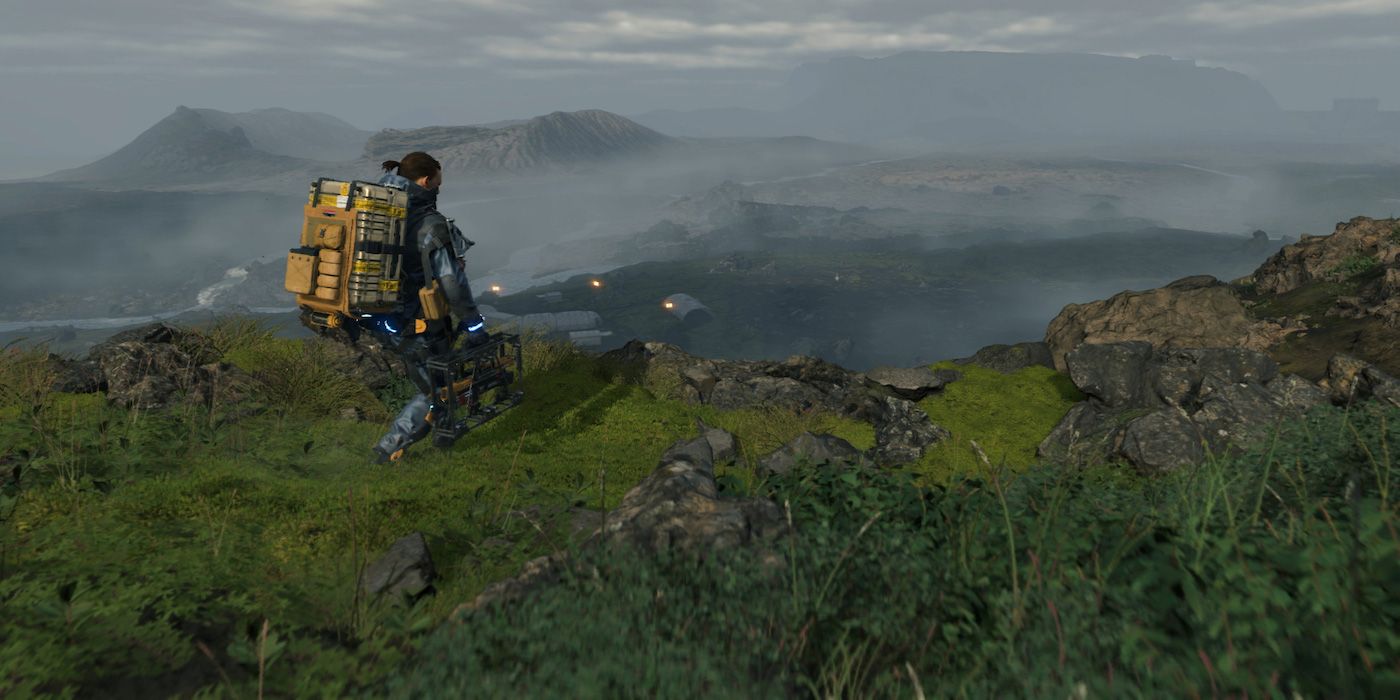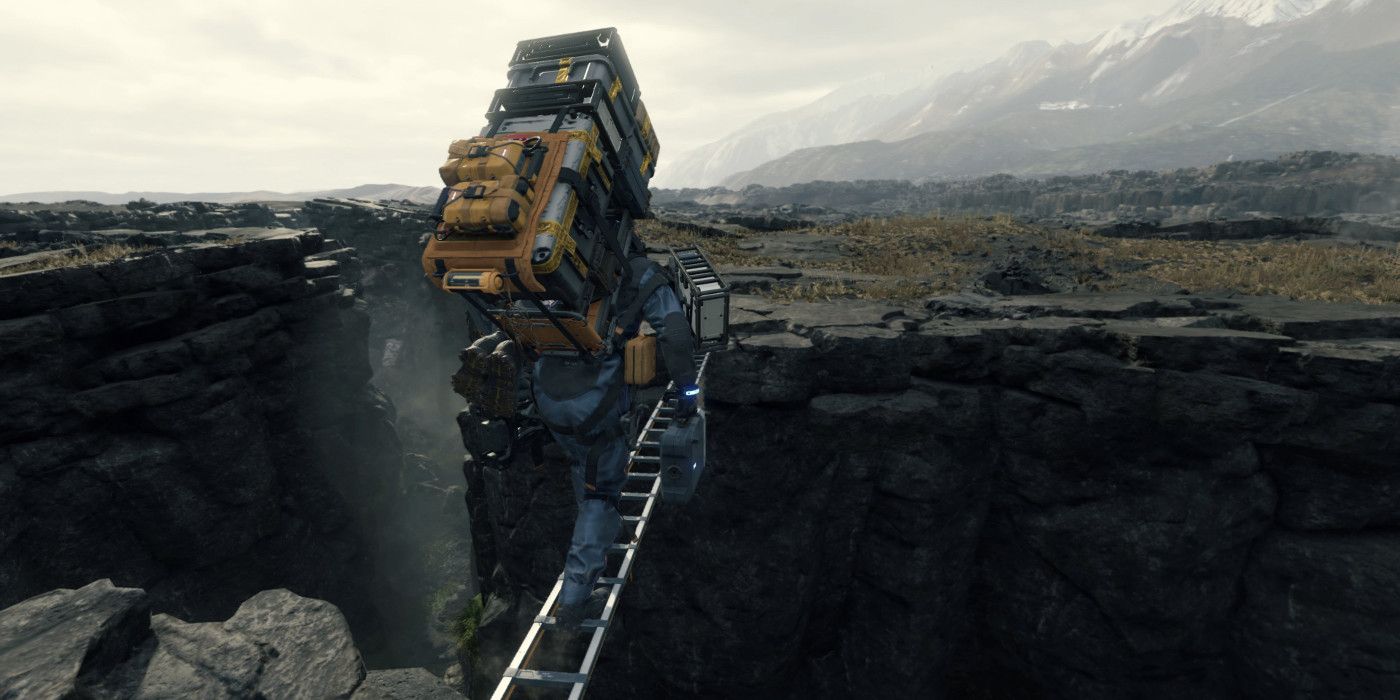The online component of Death Stranding is perhaps the most revered element of Kojima Productions' latest game. By forcing players to share an online world and tasking them with maintaining it, the game evokes a sense of community, as any actions taken to better the world by creating a road or a bridge benefits everyone.
At present it's unclear if Death Stranding will receive a sequel, but in the event of a new Strand-type game releasing someday, such a title should double down on the original game's themes of connection and community exhibited through its gameplay. Incorporating more traditional multiplayer elements could be a great way to do that.
How Multiplayer Could Work in Death Stranding
If a sequel to Death Stranding were to allow players to directly interact with one another, it's logical to assume cooperative gameplay would be encouraged, as being able to squad up on deliveries would help out in more ways than one. Groups could collectively carry heavier loads, tackle combat encounters from multiple angles, and better coordinate placing structures to form effective delivery routes. Suffice to say, co-op gameplay and Death Stranding seem like they would be a match made in heaven, but that's not to say players should be forced into working together.
One of Hideo Kojima's earlier multiplayer experiences placed a heavy emphasis on choice. Metal Gear Solid 5: The Phantom Pain's FOB multiplayer mode has been caught in a player-driven war for the past several years. There's a secret ending that only triggers upon the erasure of every nuclear weapon in every player's arsenal, and as a result the online community has effectively been split into two. Many players aim to dismantle every nuclear warhead possible in pursuit of the hidden ending, while quite a few folks seek to keep the chaos going by manufacturing and preserving as many nukes as they can. However, there's no in-game mechanic that ties players to either side; it's an individual choice.
A similar choice exists in Death Stranding, where players can choose to actively contribute to the world, leave it to degrade, or only build in one's own self-interest, and adding more familiar multiplayer elements seems like a fresh way to further explore this theme of selflessness versus selfishness. Players should be given the option to work together, but also afforded the freedom to act against each other; one could rob another porter for materials they need, for example. If the world is going to be reconnected, it should be because the majority of players desire it.
Furthering Death Stranding's Sense of Community
This push for a new Death Stranding game to allow for synchronous multiplayer shouldn't be mistaken as a call for future games to abandon the original's asynchronous elements. They can exist in tandem. In fact, the former can actually benefit the latter by allowing players to see the consequences — positive or negative — of their actions.
In Death Stranding, the only feedback players receive on whether their contribution to the world is worthwhile is through the "like" system. Occasionally, a small line of text will pop up on the screen indicating other players like the structures one has built. The first few times that notification appears, it's gratifying to see others express appreciation for one's labors, but it quickly loses its appeal. No one ever sees how players are utilizing their contributions, nor are they given specific feedback on what's useful and what's not.
In this hypothetical multiplayer Death Stranding game, one could think of their fellow in-game porters as a focus group of sorts. If someone builds a jump ramp and sees multiple players regularly use it to clear a large gap, one could justify keeping it there for the sake of both their immediate and invisible peers. Inversely, a Timefall shelter in a sunny area likely won't be all that useful, and seeing how few people use it could motivate the builder of that structure to rethink its placement.
Allowing players to be dropped into a world and giving them the opportunity to work together, but also to form rivalries, conflicts, and compromises with each other, all while prompting them to think carefully about what they're putting into this world, sounds fairly engaging. More importantly, it also sounds like a natural evolution of the social experiment that is Death Stranding. It would certainly be a pleasure for a follow-up to a game that is designed to bring people together to allow its players to come together like never before.
Death Stranding is available now for PC and PS4. Death Stranding: Director's Cut, will release on September 24, 2021 for PS5.



